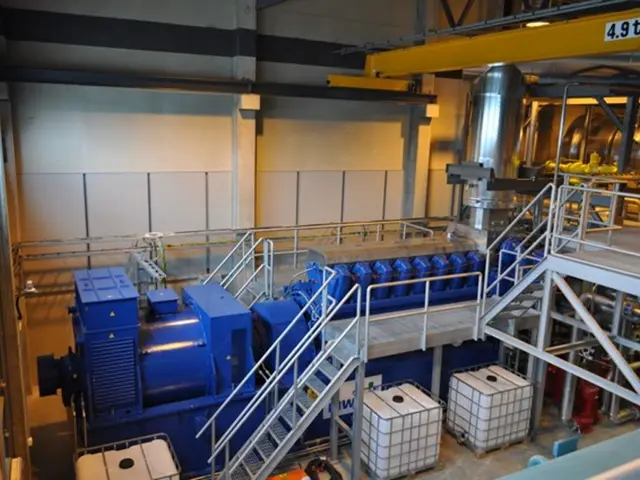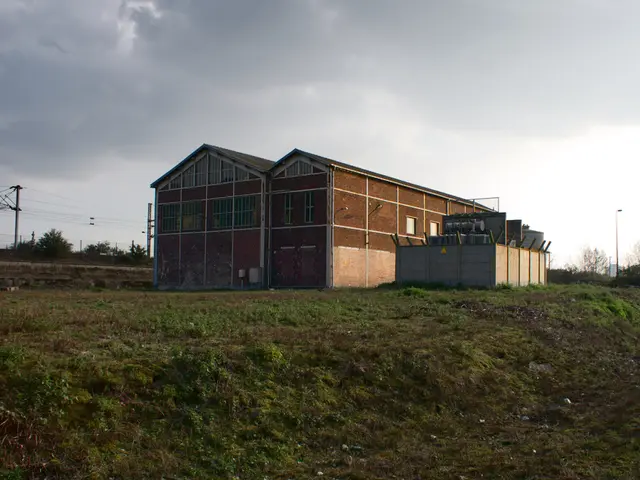Beijing Scientists Boost FLP Catalysis with Ce-MOFs
A team from the University of Science and Technology Beijing, led by Prof. Gao and Prof. Wang, has made significant strides in improving frustrated Lewis pair (FLP) catalysis using cerium-based metal-organic frameworks (Ce-MOFs). The research, published recently, demonstrates enhanced catalytic activity and stability under mild conditions.
Traditional homogeneous FLP systems often struggle with instability and recovery issues. To address this, the team engineered defect-rich MOF-808 materials, doping them with functional groups like -NH2, -OH, -Br, and -NO2. This created diverse catalytic properties and enhanced Lewis base strength, lowering the activation barrier for hydrogen heterolytic cleavage.
The optimized MOF-808-NH2 achieved complete conversion of substrates such as styrene and dicyclopentadiene under mild conditions (100°C, 2 MPa H2 pressure). Techniques like DRIFTS, XPS, and DFT confirmed the hydrogen activation mechanisms and revealed a low energy barrier of 0.404 eV for dissociation. The findings suggest that optimizing the microenvironment around Lewis pairs can significantly enhance catalytic activity in FLP systems.
This research has potential implications for green chemistry and sustainable catalysis. The optimized MOF-808-NH2 could inspire further research in MOF systems and be adapted for various catalytic processes, including fine chemical synthesis and renewable energy applications. The team's work with Ce-MOFs for FLP catalysis offers a promising route for stable, efficient, and sustainable catalytic solutions.








